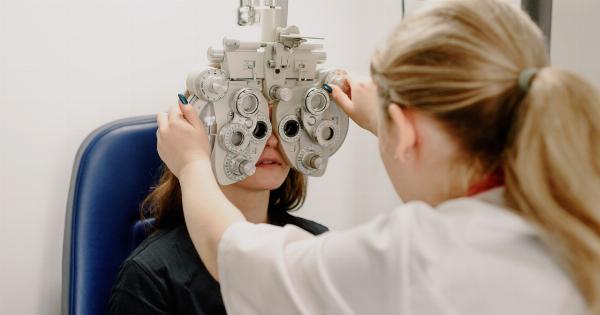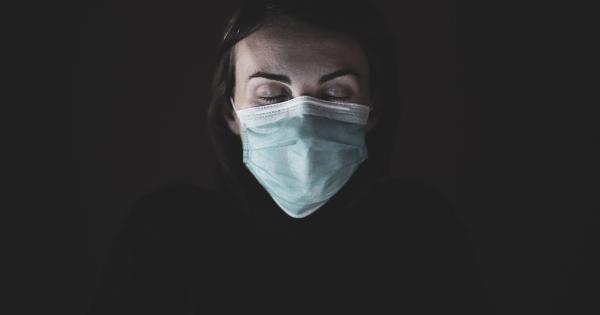Myopia, also known as nearsightedness, is a refractive error that causes distant objects to appear blurry. It is a common vision problem that affects nearly one-third of the world’s population.
In myopia, the eyeball is too long or the cornea is too curved, causing light to focus in front of the retina instead of on it.
Can Myopia Lead to Vision Loss?
Myopia itself does not usually lead to vision loss. However, high myopia, which is characterized by a prescription of -6.00 diopters or higher, can increase the risk of certain eye conditions that can lead to vision loss.
What are the Eye Conditions Associated with High Myopia?
High myopia can increase the risk of several eye conditions, including:.
- Retinal detachment: In this condition, the retina pulls away from the back of the eye, which can cause a sudden decrease in vision. Retinal detachment is more common in people with high myopia.
- Myopic macular degeneration: This condition occurs when the macula, the part of the retina responsible for central vision, starts to deteriorate. Myopic macular degeneration is more common in people with high myopia.
- Cataracts: Cataracts are a clouding of the eye’s natural lens, which can cause blurred vision. People with high myopia have a higher risk of developing cataracts at a younger age than those without myopia.
- Glaucoma: Glaucoma is a group of eye conditions that damage the optic nerve, leading to vision loss. People with high myopia may have a higher risk of developing open-angle glaucoma, which is the most common type of glaucoma.
How Can Myopia be Managed?
Myopia can be managed with corrective lenses, such as glasses or contact lenses, or with refractive surgery, such as LASIK or PRK.
Orthokeratology, or ortho-k, is another option that uses specially designed contact lenses to reshape the cornea while you sleep, temporarily correcting myopia.
How Can High Myopia be Managed?
For people with high myopia, regular eye exams are important to monitor for signs of potential eye conditions. Treatment options for these conditions may include surgery, medication, or laser therapy.
In some cases, wearing special contact lenses or glasses may also be recommended to help manage high myopia and reduce the risk of eye conditions.
How Can Myopia be Prevented?
There is currently no known way to prevent myopia from developing. However, several studies have shown that spending more time outdoors may help reduce the risk of myopia in children.
Other strategies that may help include taking breaks from screen time, maintaining proper distance from electronic devices, and having good ergonomics while using screens.
Conclusion
Myopia is a common vision problem that does not usually lead to vision loss. However, high myopia can increase the risk of several eye conditions that can cause vision loss.
Regular eye exams and proper management of myopia can help reduce the risk of these conditions. Additionally, some lifestyle factors like spending time outdoors may help reduce the risk of myopia in children.



























